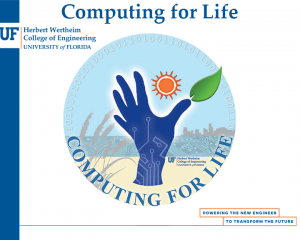Welcome to Computing for Life Research Lab
![]() led by Paul Gader
led by Paul Gader

Computing for Life refers to two principles: (1) Computers can improve quality of life and (2) Working in the rapidly changing field of computing requires life-long learning.
Researchers in COLIR seek to: (1) Deeply understand and improve existing AI algorithms and (2) Devise new AI algorithms. AI is interpreted in the sense of the early 21st century and includes:
- Machine Learning, including Maximum Likelihood and Bayesian methods,
- Deep Learning and Artificial Neural Networks (ANNs),
- Computational Intelligence,
- Multi-dimensional Image and Signal Processing, Analysis, and Interpretation,
- Language Processing.
The focus is on Applied AI and investigating theoretical problems that arise in applications, e.g., improving robustness of ANNs. Most COLIR research is into algorithms for processing data measured by sensors used in real-world situations. The notion of sensors is general and includes people. For example, when algorithms analyze documents produced by people, people are the sensors and documents are the measurements. Some of the many sensors and algorithms investigated and devised by COLIR researchers are described in the research summaries.
AI can be applied to data from sensors in intelligent assistants (Siri, Alexa, etc.), satellites; airborne platforms; ships, buoys, and small floats; underwater; in the ground: on machinery; inside buildings and so on. Multiple spatially distributed sensors provide time-series data. COLIR researchers study algorithms to integrate and analyze multi-dimensional, spatio-temporal signals.
We have a good time in COLIR!! Please take a look at our research summaries.
If you are an undergraduate or M.S. student interested in investigating AI in COLIR via senior project or independent study, or a PhD student who is passionate about research in these areas, please contact:
Dr. Paul Gader @ pgader@ufl.edu